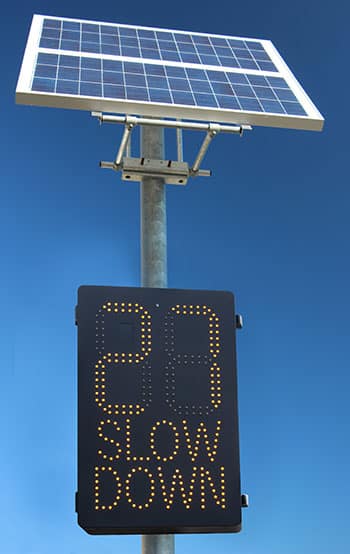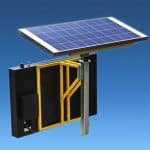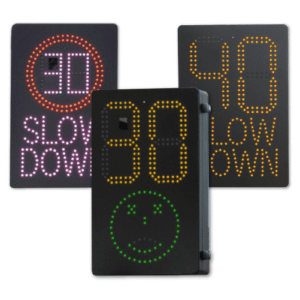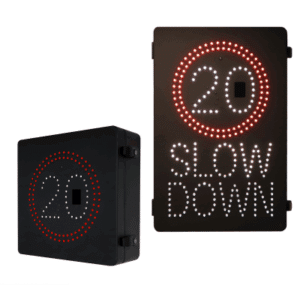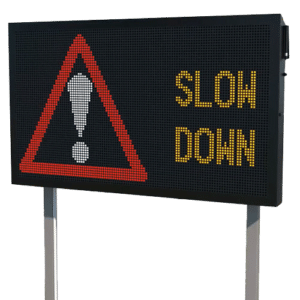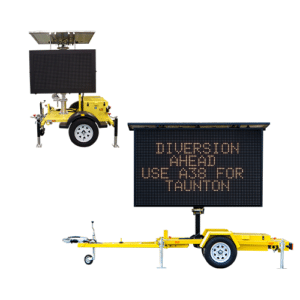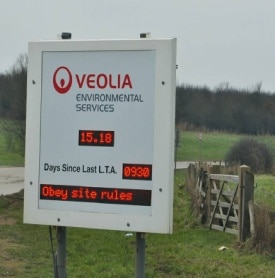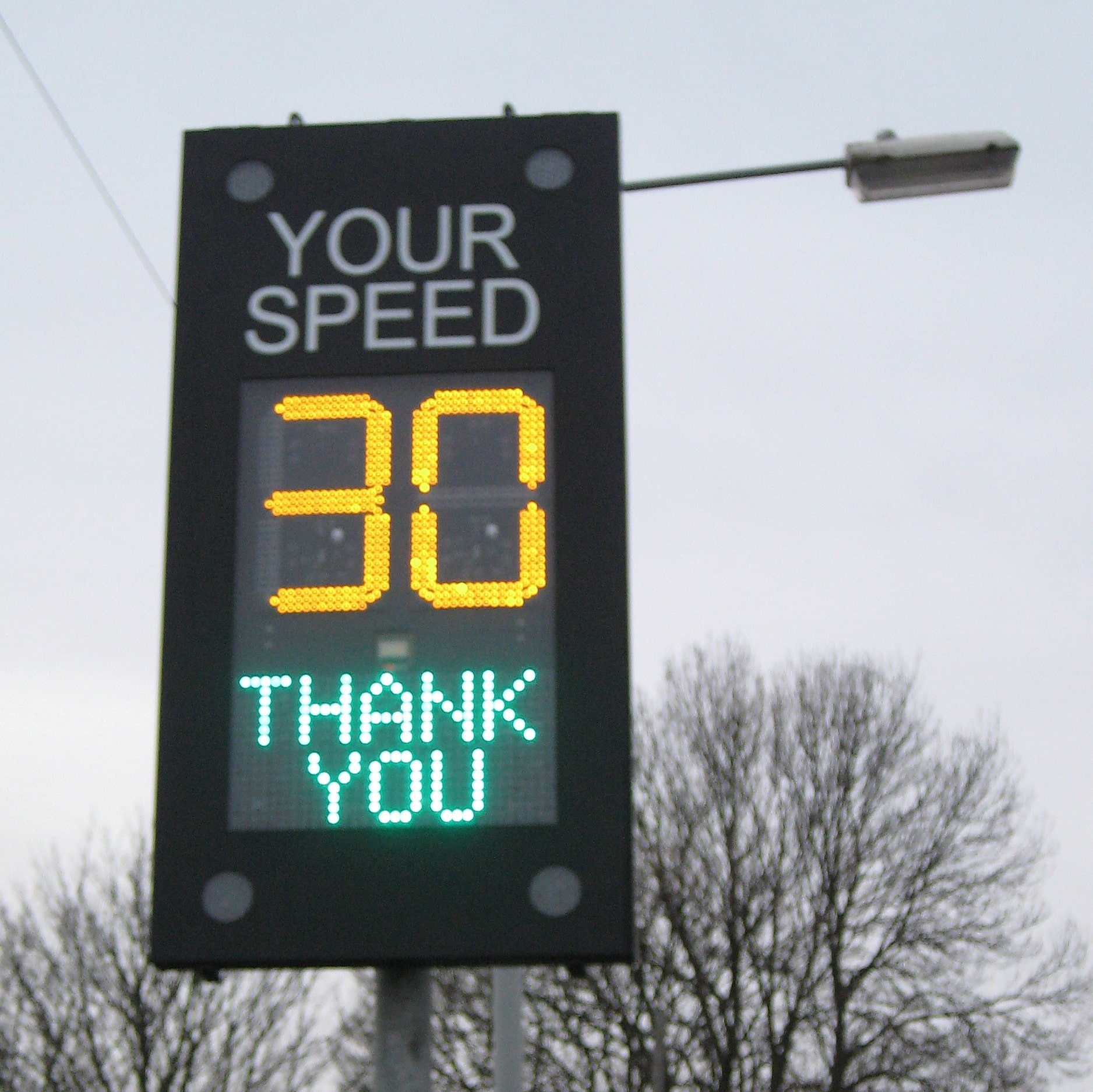The Benefits of solar-powered traffic signs
24th September 2021
What is solar energy?
Solar energy is in the form of light, produced by the Sun. Solar energy is a renewable source of energy. It is free and does not damage the environment. Most electricity is made by burning fossil fuels, which realise carbon dioxide and pollution. Solar energy does not release anything into the air, so it is a clean source of energy.
Many countries around the world have switched or are switching to solar power to be more environmentally friendly. Making the change to solar power as an alternative source of energy has many benefits. It’s cheaper, more reliable and efficient, and kinder to the environment.
Many towns and cities are already using renewable energy to improve the safety of their roads and highways. Could this be why solar energy is becoming a popular option to power traffic signs? After all, it provides overall visibility, saves money whilst being more environmentally friendly.
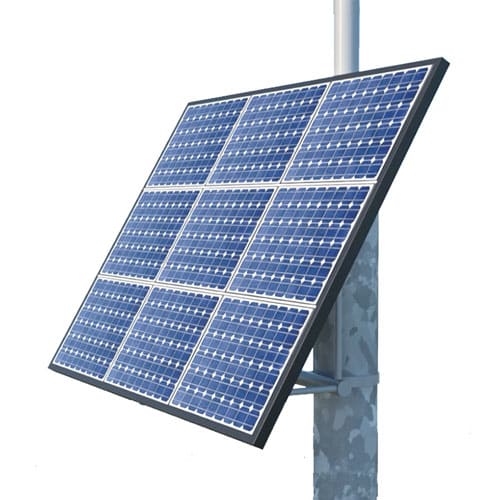
What are the Benefits of solar powered LED signs?
Suitable for deployment in remote areas
LED traffic signage has historically been used in urban areas and cities due to the availability of mains power, while regular road signage is used all over. Furthermore, remote roads such as country lanes can be a hotspot for vehicle speeding, increasing incident risks for villages and rural communities. Utilising solar panels rather than a mains connection allows LED traffic signs to be placed almost anywhere.
Lower Maintenance
Unlike units powered by mains or batteries, solar powered traffic signs do not depend on conventional energy or the national grid. These signs not only work during the daytime, but also throughout the night, as excess energy is stored in a set of batteries for use when solar light is low. From dusk-to-dawn, solar products are totally reliable.
Furthermore, their off-grid nature equates to almost zero maintenance and low operational costs. Solar powered LED traffic signs require battery changes or top-ups only a few times per year. This makes the total maintenance super quick and easy: change the battery, wipe down the solar panel and (if applicable) download vehicle speed data all in one fell swoop.
Solar signs are increasingly becoming a popular alternative on work sites due to their easy installation, medium-term cost savings, and sustainability. Through power cuts and grid disruption, these signs remain functional. The lack of requirement for electrical mains cables negates the need for road closures and roadworks. They simply need to be attached to an appropriately sized post for stability and safety, connected to the solar panel and switched on.
Improved Performance in all Weather
Whatever the weather, come rain or shine LED traffic lights still maintain good visibility and performance in rain, dust, and other harsh weather conditions. This is possible thanks to all Messagemaker Displays LED products utilising automatic dimming and SMD LED technology.
Self-sufficient
Electricity is expensive. Laying the electrical cables necessary to produce electricity is also pretty pricey. With solar-powered LED signs, the expense of electricity is eliminated one hundred percent. They are completely functional on their own, with a little help from the Sun.
Here comes the sun!
Solar power is created from the Sun’s energy. As the sunlight hits the solar panel, it is converted into electrical energy. This energy is then stored in batteries within the sign and used to sustain the components within the LED traffic sign.
Thanks to the consistent nature of sunlight, LED solar-powered traffic signs rarely need maintenance!
In Conclusion
The biggest advantage of using solar-powered traffic signage is that they do not use fossil fuel energy. Solar is far less polluting than coal, oil, or natural gas making it a environmentally friendly source of energy. Solar energy provides power to the signs wherever there is sunlight, with excess energy harnessed and stored in the batteries so it continues to work all year long. Since they need no wiring or nearby electrical source, solar-powered LED signs are inexpensive to operate, low-maintenance, and can be placed virtually anywhere increased visibility is needed.
Advantages
- Solar traffic signs are self-sufficient as they do not require external power sources
- They are easy to set up and operate
- They require very little to no maintenance as they have no moving parts
- Reduced carbon footprint
- Solar still generates power even without direct sunlight
Disadvantages
- Risk of theft is higher as equipment costs are comparatively higher in contrast to other signage solutions.
- Snow or dust, coupled with moisture can accumulate on horizontal PV panels and reduce or even stop energy production.
- Rechargeable batteries will require replacing several times over the lifetime of the fixtures, adding to the total lifetime cost of the sign. In addition, the charge and discharge cycles of the battery are important when considering the overall cost of the project.
 BACK
BACK